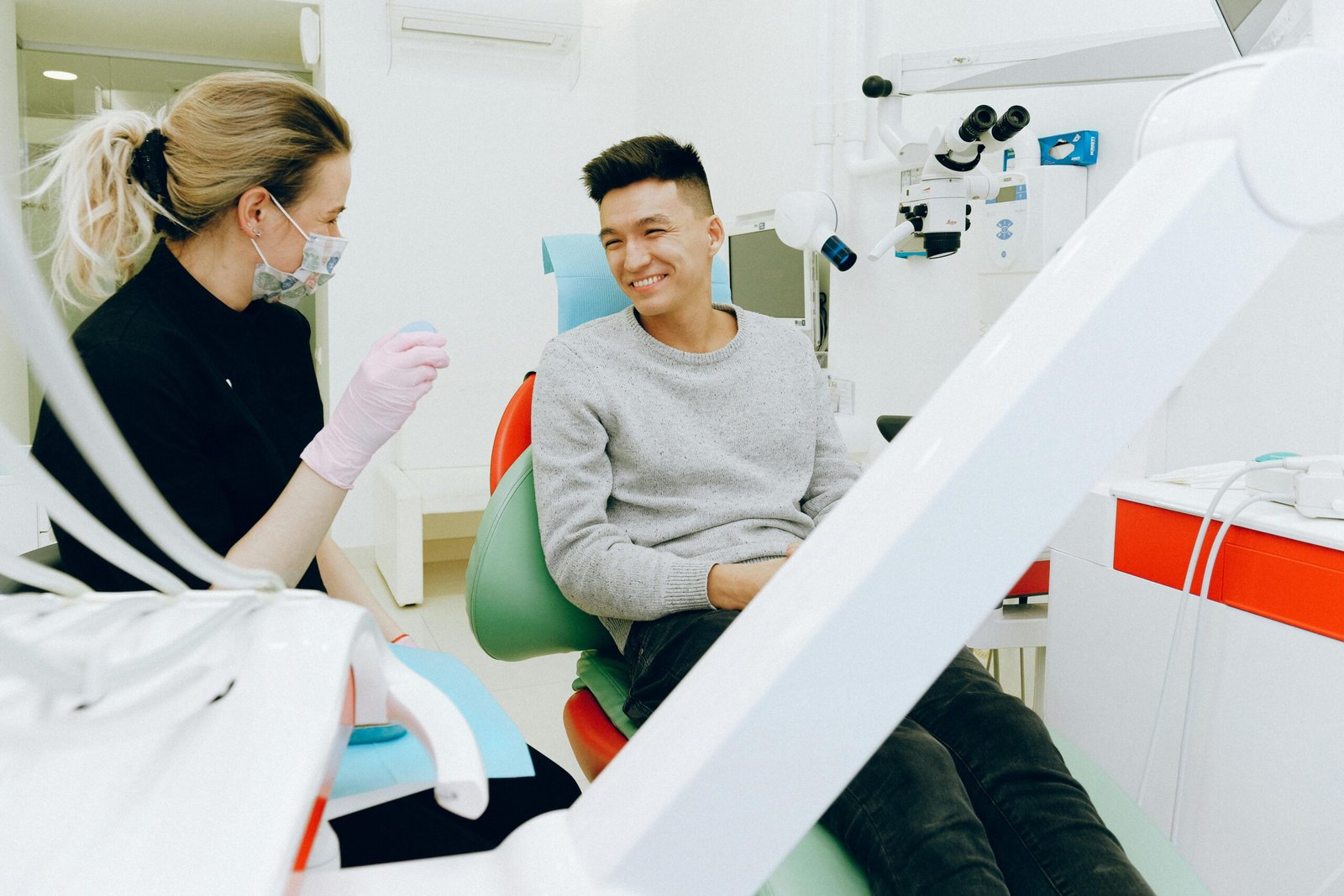Understanding Mewing: A Brief Introduction
Mewing has gained immense popularity on the internet as a method for toning the jawline and reducing double chins. Named after British orthodontist Dr. Mike Mew, this technique involves tongue and jaw positioning to reshape facial contours. But does mewing really deliver results, or is it just another fleeting trend?
What is Mewing?
Although facial exercise concepts are not new, “mewing” has a unique focus on jawline and neck toning by adjusting the tongue’s position within the mouth. This positioning, maintained consistently, is believed to tighten surrounding tissues and enhance facial aesthetics over time. However, as with other localized exercises, mewing requires continuous and correct practice for any potential changes to take effect.
The Science Behind Mewing: Real or Hype?
Facial exercises, including mewing, have been around for decades. Unlike many internet fads, mewing is rooted in the field of orthognathics, which studies the growth, positioning, and development of oral and facial structures. Typically, orthognathic therapy is effective during childhood when facial bones are still developing. Adults, however, may only experience limited muscle tone changes without impacting bone structure.
The truth is, while mewing isn’t entirely baseless, achieving noticeable results requires extensive, consistent effort over months or even years. And even then, the visible outcomes may vary widely depending on factors such as age, bone structure, and consistency.
A Skeptical Look at “Before and After” Mewing Photos
A quick search for “mewing before and after” brings up a host of transformation photos, supposedly demonstrating mewing’s effectiveness. However, these images can be misleading. Small adjustments like lighting, jaw tilt, tongue position, and weight fluctuations can significantly impact the appearance of the jawline in photos. Without clinical oversight, it’s best to approach these images with caution.
Why is Mewing So Popular?
For those unhappy with a double chin or undefined jawline, mewing offers a non-invasive alternative to more extreme options, like jaw surgery. It’s free, accessible, and easy to try at home, which has led to its widespread popularity. People often see it as a low-risk practice that might yield results, even if minor.
The idea behind mewing is that by placing the tongue against the roof of the mouth and maintaining this posture, practitioners might reduce sagging and enhance their profile. However, orthodontic professionals emphasize that proper medical advice should precede any at-home facial exercises, including mewing.
How to Practice Mewing
To mew effectively, follow these basic steps:
- Achieve the Resting Mouth Position: Lips should be closed but teeth slightly apart to avoid clenching.
- Tongue Placement: Press your entire tongue against the roof of the mouth, with the tip just behind the front teeth (without touching them). Even the back of the tongue should be in contact with the palate. If this positioning feels challenging, try making the “ng” sound to help lift the tongue.
- Hold Consistently: Maintain this tongue posture for several minutes, ideally repeating throughout the day until it becomes second nature.
Correct mewing shouldn’t cause discomfort, but excessive practice may lead to headaches or jaw tension, indicating that your technique may need adjustment.
Effective Alternatives for Facial Definition
If mewing doesn’t bring the desired results, there are proven alternatives to improve jawline definition:
- Orthodontic Treatment: Consult an orthodontist about braces, aligners, or even orthognathic surgery, which effectively reshapes bone structure to enhance facial aesthetics.
- Cosmetic Options: Treatments like Botox, dermal fillers, cryotherapy, and microneedling offer minimally invasive ways to achieve a more defined profile. These options provide faster, semi-permanent results compared to at-home exercises.
Although these methods come with a price, they yield reliable and often immediate results, potentially saving time and energy compared to long-term, uncertain practices like mewing.
Final Thoughts on Mewing: Is It Worth the Hype?
Mewing offers a DIY approach to facial toning by targeting the jawline and neck muscles. For those willing to invest time without expecting dramatic changes, mewing could serve as a supplementary technique in their beauty routine. However, keep in mind that mewing is unlikely to match the effectiveness of professional orthodontic or cosmetic treatments, especially for adults whose facial bones are fully developed.
Always seek professional guidance if you have concerns about your facial structure or are considering an at-home oral exercise.




I’m waiting for your message! Come say hi!
Message me there! —> https://rb.gy/44z0k7?steacy
hlw